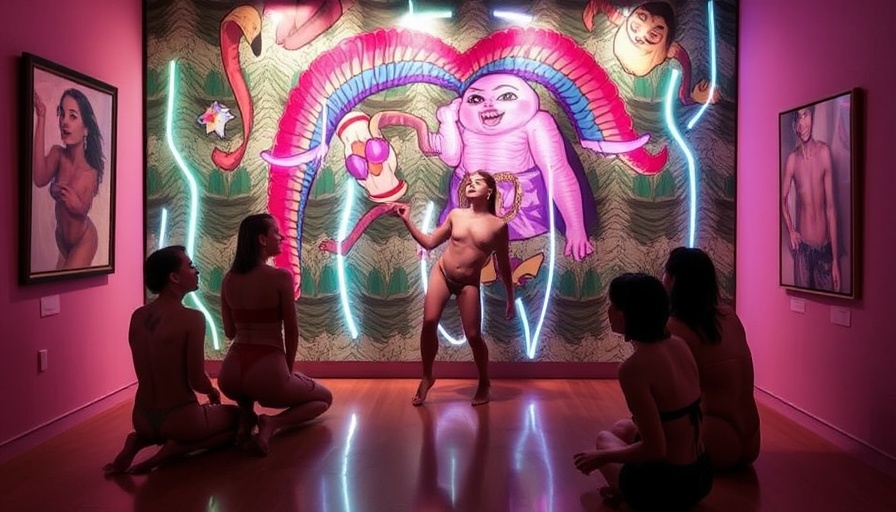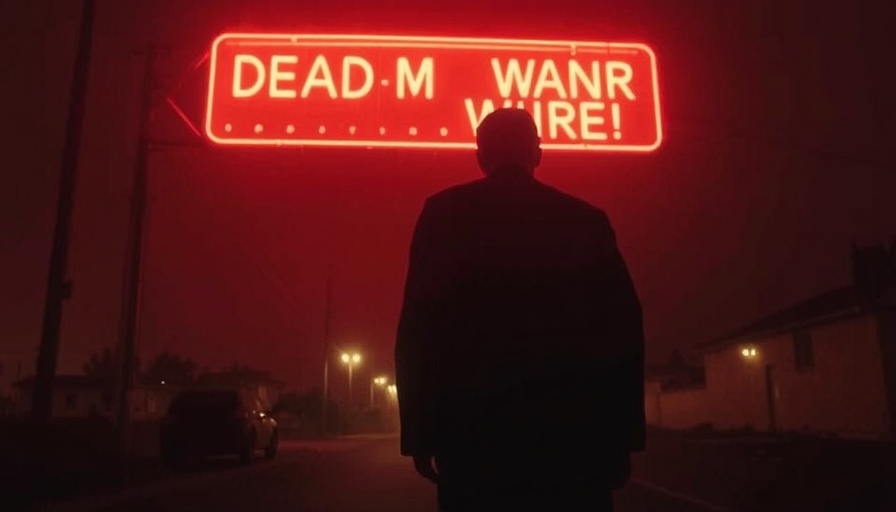
Celebrating the 2025 Tony Awards: A Night of Remarkable Wins
The 2025 Tony Awards were nothing short of spectacular, showcasing the vitality and diversity of Broadway. The standout of the night was the romantic robot musical Maybe Happy Ending, which made waves by scooping up six prestigious awards, including Best Musical. The recognition highlights a Broadway season that has embraced various narratives and representative storytelling.
The Rise of Nicole Scherzinger: Breaking Barriers
In a notable moment, Nicole Scherzinger captured the Tony for Best Leading Actress in a Musical for her role in Sunset Boulevard. This win is particularly significant as she bested the legendary Audra McDonald, underscoring the evolving landscape in theater. Scherzinger's emotional win, dedicated to Andrew Lloyd Webber, marks a new chapter for her, especially as she also previously garnered an Olivier Award for the same role.
Clooney's Broadway Ambition Falls Short
On the other hand, George Clooney's Broadway adaptation of Good Night, and Good Luck, while breaking box office records and securing five nominations, surprisingly walked away empty-handed. Clooney's experience reflects the unpredictable nature of theater awards, where critical acclaim does not always align with actual wins. It raises questions: What do these results say about the current tastes in theater? Are voters increasingly favoring innovative narratives over star-powered traditional adaptations?
Diversity Takes Center Stage
The Tony Awards also highlighted a growing trend towards inclusivity in the performing arts. Cole Escola, winning the award for Best Leading Actor in a Play for their role in Oh, Mary!, became the first non-binary winner in this category. This moment not only represents personal achievement but signifies a broader acceptance of diverse identities within the theater community.
Emotional Speeches Resonating with Current Times
Acceptance speeches added emotional weight to the night. Michael Arden, who directed Maybe Happy Ending, emphasized that “empathy is not a weakness but a gift,” a statement that resonates with many in today's socially turbulent climate. Furthermore, Kara Young’s acknowledgment as the first Black actress to win back-to-back awards beckons a change in representation, underscoring the importance of viewing theater as a “sacred space.”
Future Trends in Theater
As we observe the outcomes of the 2025 Tony Awards, the findings signal a shift in the types of stories being celebrated on Broadway. With a growing preference for original stories and reimagined classics, it’s clear that the industry is evolving. Future productions may increasingly continue to challenge traditional norms, inviting a wider audience and addressing contemporary societal issues.
Conclusion: The Importance of Representation and Innovation
The 2025 Tony Awards highlighted not just artistic talent but also the pressing need for diverse representation and innovative storytelling in theater. As audiences increasingly seek connection through relatable narratives, the future of Broadway looks bright and inclusive. For digital nomads and culture enthusiasts, following these trends can deeply enrich your travel experiences and appreciation for local arts.
Stay tuned for more insights into the evolving cultures around the world and how they reflect our shared humanity.
 Add Row
Add Row  Add
Add 




Write A Comment